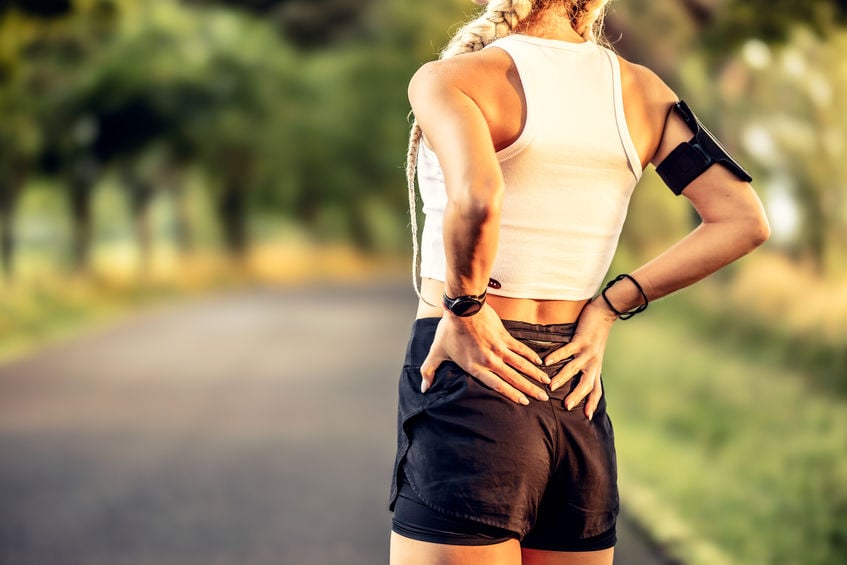The ACDF Of Neck Surgery
Anterior cervical discectomy and fusion (ACDF) is a surgical procedure commonly performed to alleviate neck and arm pain caused by conditions such as herniated discs or spinal stenosis. This procedure involves removing the damaged disc or bone spurs and fusing the adjacent vertebrae using bone grafts or implants. While ACDF has a high success rate, a potential concern for patients is the loss of range of motion (ROM) in the neck. A dedicated recovery can limit this possible long-term surgical side effect.
The ins and outs of ACDF
During an ACDF procedure, the surgeon makes a small incision in the front of the neck to access the affected disc. The damaged disc or bone spurs are removed, creating space for the spinal cord and nerves. Once the disc or bone spurs have been removed, the surgeon will insert a bone graft or implant between the adjacent vertebrae to promote fusion and stability in the spine. After the surgery, patients may experience a temporary decrease in ROM due to the fusion of the affected vertebrae.
Expectations during recovery
During the recovery process after ACDF surgery, patients can expect a gradual improvement in the range of motion in the neck. Initially, the neck area may have stiffness and limited mobility due to the surgery and the healing process. However, most patients can regain significant neck mobility over time with proper post-operative care and rehabilitation. Studies have shown that while ACDF may decrease the ROM at the fused segments, most patients still experience improvement in neck and arm pain and have a satisfactory outcome.
The recovery timeline
Anterior cervical discectomy and fusion recovery can vary from person to person. After being discharged from the hospital, patients will continue recovery at home. This includes following the surgeon’s specific post-operative instructions, such as wearing a cervical collar and limiting physical activities. Additionally, patients will typically participate in physical therapy (PT) to help regain strength and mobility in the neck and upper body. The overall recovery process can take at least 4 months to 1 year, depending on the individual and the specific circumstances of the surgery. Patients should expect to gradually see improved range of motion, pain levels, and overall functionality during this time.
The bottom line on ROM
Some loss of range of motion in the neck is expected after ACDF surgery. This is because the fusion of the vertebral segments limits the movement between the vertebrae. However, the degree of loss in ROM can vary depending on the number of levels fused, the technique used, and individual patient factors. Over time and with proper post-operative care and rehabilitation, most patients can regain significant neck mobility. For most, the reduction in pain and improved quality of life far outweigh the slight loss in mobility.



